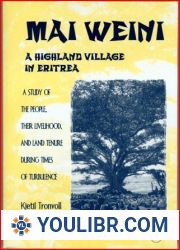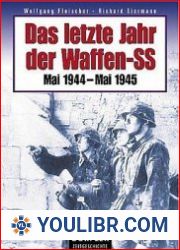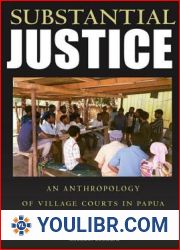
BOOKS - Mai Weini, a Highland Village in Eritrea: A Study of the People, Their Liveli...


US $6.60

10559

10559
Mai Weini, a Highland Village in Eritrea: A Study of the People, Their Livelihood, and Land Tenure During Times of Turbulence
Author: Kjetil Tronvoll
Year: July 1, 1998
Format: PDF
File size: PDF 16 MB
Language: English
Year: July 1, 1998
Format: PDF
File size: PDF 16 MB
Language: English
This book is an anthropological account of the lives of the villagers in the Eritrean village of Mai Weini. It is a study of the people, their livelihood and land tenure during times of turbulence in the village and in the nation of Eritrea. Mai Weini, a village in the Eritrean highlands, has been faced with numerous challenges such as drought and the effects of the thirty-year war fought between Eritrean liberation fighters and the Ethiopian government. The war culminated in Eritrea's independence in 1993. The Eritrean war for independence, is one of the longest wars in Africa's history. In this comprehensive study of Mai Weini Tronvoll examines the question of how the people of rural Eritrea coped with the terrifying events of the war, and managed to maintain and reproduce a and "kind of and " normal life in the villages. Mai Weini, or and "Sweet Water and " in English (lit. and "water grape and "), is a village composed of some 85 households and 333 inhabitants. It is a small cluster of dwellings situated in the rugged and barren mountainous landscape of Eritrea's highlands. In addition to exploring Mai Weini, however, the book also provides a general ethnographic account of the Tigrinya-speaking Semitic people of these highlands. Using Mai Weini as an example, basic questions are answered such How do the villagers live? How are their relationships among themselves organized? What are their activities during an annual cycle? How do they cope with the unpredictable whims of nature, and with possible crop failure? In what way has the war affected village life? To what degree does religious adherence influence their daily activities? What are the organizing principles of the land tenure system, and to what degree do they affect the organization of the village?














































